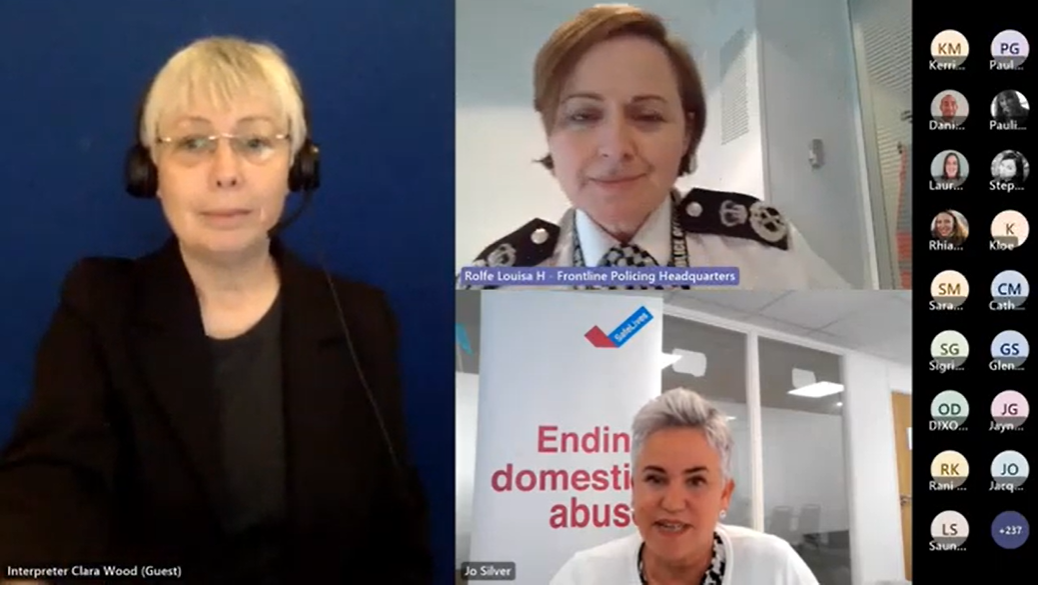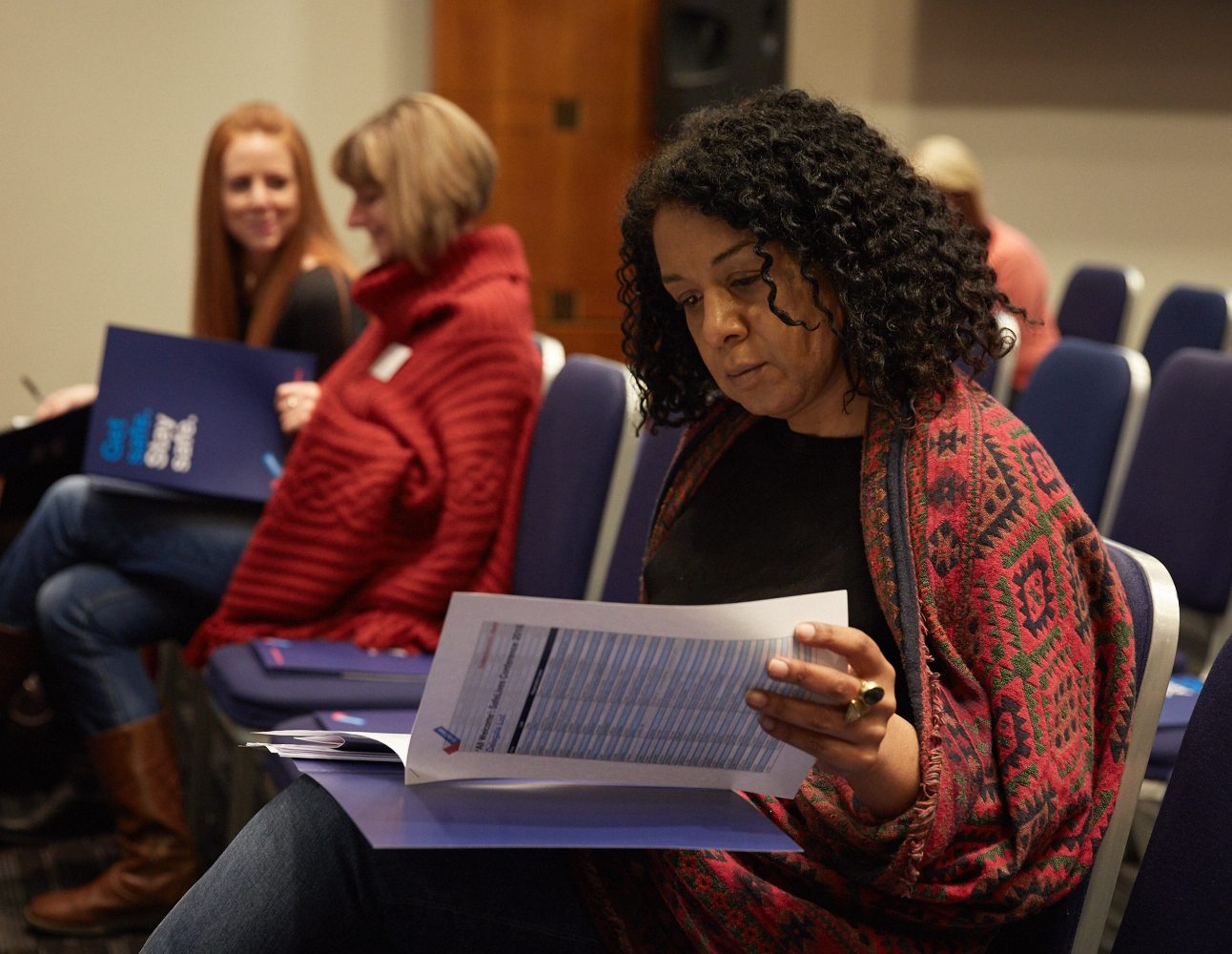Using the Dash risk checklist
What is the Dash risk checklist for?
The Dash risk checklist can be used for all intimate partner relationships, including LGBTQ+ relationships, and for ‘honour’-based abuse and family violence.
Victims assessed as being at high risk of harm should be referred to Marac and an Idva to manage the risk. The Dash is also used to identify immediate actions to address risk. When it is used consistently across all agencies, it creates a shared language about risk and improves multi-agency working.
It’s important to get a comprehensive view of the risks that someone suffers, so practitioners should ask every question on the checklist. Otherwise there is a danger that something significant is overlooked and the response may not be adequate.
Who should use the Dash risk checklist?
The Dash risk checklist is for practitioners working with victims of domestic abuse. This includes domestic abuse specialists such as Idvas (Independent domestic violence advisors) and generic practitioners such as those working in a primary care health service or housing.
When should the Dash risk checklist be used?
The Dash should be used whenever a practitioner receives an initial disclosure of domestic abuse. Risk in domestic abuse situations can change very quickly, so it may be appropriate to review the checklist on multiple occasions. It is designed for current, rather than historic, domestic abuse and ideally should be used close to the last incident of abuse that someone has suffered.
Cases involving children
The Dash risk checklist is designed to identify risk to an adult victim of domestic abuse. However, children who witness domestic abuse are considered victims in their own right. While the Dash checklist isn’t designed as a risk assessment tool for children, it is very likely to identify children who are at high risk of harm and who should receive additional support. Practitioners who are aware that there are children in the household must make a safeguarding referral.
There is a Dash risk checklist specifically for use with young people who are being harmed within a relationship.
Dash referral thresholds
The referral thresholds are for referring someone to Marac. The Dash risk checklist contains a detailed explanation of the thresholds. These are based on three principles:
- Professional judgement: where a professional has serious concerns about a victim’s situation. There will be occasions where the particular context of a case gives rise to serious concerns even if the victim has been unable to disclose the information that might highlight their risk more clearly.
- ‘Visible high risk’: the number of ‘ticks’ on the Dash risk checklist. If you have ticked 14 or more ‘yes’ boxes, the case would normally meet the Marac referral criteria.
- Potential escalation: the number of police callouts to the victim as a result of domestic violence in the past 12 months. This can be used to identify cases where there isn’t a positive identification of a majority of the risk factors on the list, but where abuse appears to be escalating and where it is appropriate to assess the situation more fully by sharing information at Marac.
To ensure they receive appropriate support, the victim will be referred to an Idva at the same time as referral to Marac.
Cases that don’t meet the threshold for referral
There will inevitably be cases that fall below the actuarial threshold of 14 ticks but where there are genuine concerns about a victim. You should use your professional judgement to decide whether to refer them to Marac.
When a victim isn’t identified as being at high risk of harm and a referral hasn’t been made to Marac, they should still be offered support from an appropriate service. With the victim’s consent, you can share the information gathered when completing the Dash with the relevant service. You should also reiterate the need to call the police in the event of a crisis.
Victims of ‘honour-based’ violence
The checklist contains direct questions about ‘honour’-based violence and all questions include the possibility that there is more than one perpetrator. The wider criminal behaviour covered by the checklist may be absent in cases of ‘honour’-based violence cases. This means these cases are unlikely to meet the threshold for referral. It is highly likely that you’ll need to use your professional judgement in identifying whether an ‘honour’-based violence case should be referred to Marac.
The security issues around information sharing are particularly relevant in cases of ‘honour’-based vilence and the victim must always be asked who it is safe to share information with.
Victims of stalking
Where stalking is identified, this should be taken very seriously. You should reference the types of behaviour identified in the severity of abuse grid so that particularly high risk aspects of stalking can be dealt with as appropriate. The Dash risk checklist is for cases of intimate partner and wider family violence and isn’t appropriate for use in cases where stalking occurs and there has been no previous relationship. Please see Paladin Service for a stalking risk screening checklist (known as S-Dash) and specific support for stalking.
Dash and Dara
When the Dash was first introduced in 2009 there were two models of the risk identification checklist: the SafeLives Dash and the ACPO Dash (risk assessment and management tool). The ACPO Dash used by the Police was completely aligned and based on the same analysis and approach.
However, as there are practical differences in the responsibility held by police officers, the risk tool for police included three additional questions to clarify the situation for children. Some police first responders now use the Dara (domestic abuse risk assessment).




